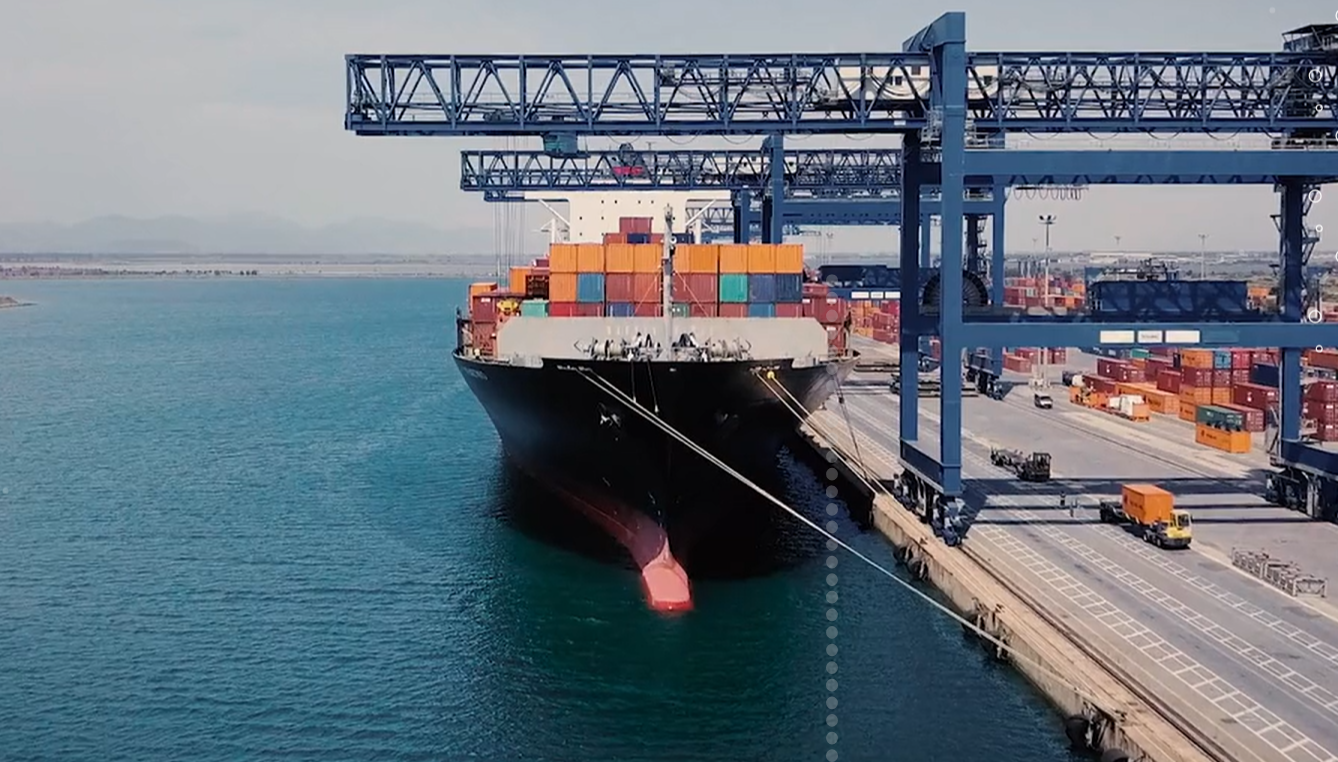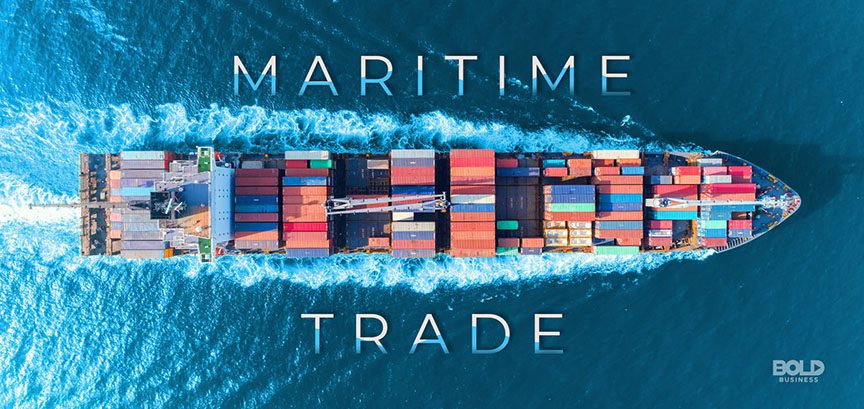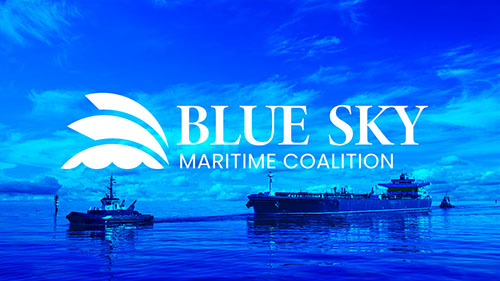| Anchorage Name | Location (Coordinates) | Area (km²) | Depth (m) | Bottom Type | Max Vessel DWT | Capacity | Primary Use | Restrictions & Safety Notes | Commercial Notes | Special Requirements | Updated 2024 |
|---|---|---|---|---|---|---|---|---|---|---|---|
| Busan Outer Anchorage | 35°00’N 129°05’E | 15.2 | 20-30 | Mud/Sand (70/30 mix) | 300,000 | 15 vessels (min 500m spacing) | General cargo/Container ships | Exposed to SE winds; avoid typhoon season (June-September); Minimum 2 anchors required; No anchoring within 0.5nm of traffic separation scheme | Pilot boarding area; Mandatory AIS transmission; Bunkering allowed with permit; Fresh water delivery available | Anchor watch mandatory; Daily position reports to VTS; Emergency towing wires rigged for vessels >50,000 DWT | BPA Notice 2024-15 |
| Busan Inner Anchorage | 35°05’N 129°02’E | 8.5 | 15-20 | Clay (high plasticity) | 150,000 | 10 vessels (max LOA 250m) | Coastal vessels/Bunkering | Strong currents (3 knots max); Prohibited for LPG carriers; No anchoring within 500m of fairway; Night navigation lights mandatory | Limited to 72h stay; Bunker suppliers licensed by BPA only; Fresh water available; Provisions delivery permitted | Night illumination required; Pollution insurance mandatory; Gangway watch 24/7 for vessels with crew changes | BPA Notice 2024-08 |
| Gamcheon Anchorage | 35°07’N 129°00’E | 5.3 | 12-18 | Sand/Shell (with clay pockets) | 80,000 | 8 vessels (daylight only) | Fishing vessels/Small bulkers | Shallow patches marked by buoys (updated 2023); No night operations; Fishing nets present; Local knowledge recommended | Local fishing priority zone (06:00-18:00); No commercial operations during peak fishing seasons (Mar-Apr, Oct-Nov); Limited provisions available | Local pilot recommended; Fish hold inspections may be required; Special fishing gear clearance needed | Local Notice 15/2024 |
| Jinhae Bay Anchorage | 35°10’N 128°42’E | 12.8 | 18-25 | Mud (soft to medium stiffness) | 200,000 | 12 vessels (min 800m spacing) | Oil tankers/Chemical carriers | Strict pollution controls (IMO Tier III compliance required); Double hull mandatory; No discharge of any kind; Security level 2 enforced | Requires special permission (48h advance notice); Bunkering prohibited; No crew changes allowed; Maximum stay 96 hours | Pre-arrival inspection required; Standby tug recommended for vessels >50,000 DWT; Gas detection equipment mandatory | MOF Regulation 2024-3 |
| North Busan Anchorage | 35°12’N 129°10’E | 7.2 | 22-28 | Hard Clay (shear strength 50kPa) | 250,000 | 6 vessels (exclusive zones) | VLCCs/LNG carriers | Requires tug standby; Exclusion zone 500m radius; No other vessels within 1nm during LNG operations; Helicopter landing prohibited | Dedicated hazardous cargo area; Priority for energy carriers; Maximum stay 96 hours; No bunkering except LNG | Gas-free certificate required for non-LNG vessels; Emergency response team standby mandatory; Cold work only permitted | BPA Special Notice 2024 |
| South Busan Emergency Anchorage | 34°58’N 129°03’E | 4.5 | 30-35 | Rock/Sand (poor holding ground) | 150,000 | 3 vessels (emergency only) | Emergency use only | Restricted area; Permission required from Busan VTS; No commercial operations allowed; Medical evacuation priority | No charges for genuine emergencies; Maximum 24h stay; No cargo operations permitted | Medical emergency priority; Coast guard coordination required; Life-saving equipment must be ready for immediate use | Coast Guard Order 12/2024 |
| New Port West Anchorage | 35°04’N 128°50’E | 9.6 | 16-22 | Sandy Clay | 180,000 | 8 vessels | Container feeders/RORO | Protected from prevailing winds; No anchoring within 300m of pipeline area; Underwater obstructions present | Pre-berthing waiting area; Limited services available; Maximum stay 48 hours | DP vessels preferred; Anchor drag monitoring required | BPA Notice 2024-21 |
Comprehensive Operational Details:
1. Regulatory Framework:
– Primary Legislation:
– Busan Port Authority Ordinance No.2023-12 (Anchorage Management)
– Korea Maritime Safety Tribunal Act Article 24-3 (2023 Amendment)
– Port State Control Implementation Act (2024 Revision)
– International Compliance:
– IMO Resolution MSC.158(78) (Anchorage Safety Standards)
– MARPOL Annex I & VI Special Area Regulations
– SOLAS Chapter V (Safety of Navigation)
– Local Regulations:
– BPA Anchorage Usage Rules (2024 Edition)
– Korea Coast Guard Standing Order No.45 (Emergency Protocols)
2. Operational Procedures:
– Anchorage Management:
– Allocation: First-come-first-served basis with priority for:
– Vessels with berthing windows
– Hazardous cargo carriers
– Emergency cases
– Rotation System: Implemented during peak periods (Nov-Feb)
– Fee Structure:
– Standard: KRW 0.5/GT per hour (minimum 4 hours)
– Hazardous Cargo: 50% surcharge
– Overtime: Double rate after 72 hours
– Exemptions: SAR operations, government vessels
– Reporting Requirements:
– Pre-arrival: ETA 24h via Port-MIS (vessel particulars, cargo)
– Arrival: Position confirmation within 1 hour
– Departure: Notice 2h before weighing anchor
– Communication Protocols:
– VHF Channels:
– Ch12 (Port Control – primary working channel)
– Ch16 (Emergency – monitoring only)
– Ch14 (Anchorage Coordination)
– Ch09 (Korean Coast Guard liaison)
– Digital Systems:
– Port-MIS mandatory for commercial vessels
– AIS Class A transmission required
3. Navigational Safety:
– Hydrographic Conditions:
– Tides:
– Mean range: 1.5m
– Spring tides: 3.0m (coefficient >0.95)
– Neap tides: 0.8m
– Tide tables: Korea Hydrographic Office Publication No.2024-TD
– Currents:
– Surface: NW-SE flow (2.5 knots max)
– Subsurface: Eddy currents near headlands
– Real-time current data available from BPA website
– Visibility Restrictions:
– Anchorage closed when <1nm visibility – Radar navigation mandatory in fog – Speed limit 5 knots in poor visibility – Special Areas: – Traffic Separation Schemes: – Keep clear zones marked on charts KP-1421/1422 – No anchoring within 0.5nm of TSS – Military Exercise Zones: – Temporary closures announced via NAVTEX – Minimum 6h notice for activation 4. Safety & Security Measures: – Prohibited Areas: – Fixed: – 1nm radius of Gwangan Bridge (35°09’N 129°08’E) – 0.5nm from submarine cable zones – 0.3nm from aquaculture areas – Temporary: – Dredging operations areas – Underwater construction zones – Security Levels: – Level 1 (Normal): – Random patrols – Vessel identification checks – Level 2 (Heightened): – Additional patrols – Restricted movements for hazardous cargo – Level 3 (Emergency): – Port closure – Coast Guard control – Emergency Preparedness: – Required Equipment: – Minimum 2 operational anchors – Emergency towage arrangements – Oil spill containment gear (for tankers) – Drills: – Quarterly anchor drills recommended – Emergency signal testing daily 5. Environmental Protection: – Oil Pollution Prevention: – Equipment Standards: – BPA Regulation Annex 4 (2024 update) – Containment booms for bunkering operations – Response Time: – 2h mobilization for Tier 1 spills – 6h for Tier 2 spills – Waste Management: – Discharge Prohibitions: – No discharge within 12nm – Special area restrictions (MARPOL Annex V) – Reception Facilities: – Available at main terminals – Advance notice required – Air Emissions: – ECA Compliance: – 0.1% sulfur limit – NOx Tier III for vessels built after 2021 – Shore Power: – Priority for vessels >10,000 GT
– Available at selected anchorages
6. Technical Specifications:
– Anchoring Requirements:
– Holding Ground:
– Tested 2023 seabed survey (BPA Report No.SS-2023-51)
– Minimum holding power 3:1 (all anchorages)
– Recommended scope:
– 5:1 (hard bottom)
– 7:1 (soft bottom)
– 10:1 in typhoon conditions
– Swing Circle:
– 3 x LOA minimum
– 5 x LOA recommended in adverse weather
– Position Keeping:
– Accuracy Standards:
– GPS <10m error – Daily position verification – Monitoring: – AIS position cross-checking – Radar surveillance by VTS 7. Weather Restrictions: – Wind Conditions: – Warning Thresholds: – 25 knots sustained: Caution advised – 30 knots: Prepare for possible evacuation – 34 knots: Anchorage closed – Seasonal Patterns: – Winter NW winds (Dec-Feb) – Summer SE winds (Jun-Aug) – Wave Conditions: – Operational Limits: – Significant wave height 2.5m max – Swell direction monitoring required – Special Cases: – Long-period swells >12s require special consideration
– Typhoon Procedures:
– Phase System:
– Phase 1 (48h notice):
– Prepare for evacuation
– Check anchor gear
– Phase 2 (24h notice):
– Compulsory movement orders
– Designated shelter areas
– Phase 3 (12h notice):
– Port closed
– Emergency vessels only
– Historical Data:
– Average 2.3 typhoons/year affect port
– Worst case scenario planning for Cat 3 typhoons
Important Operational Notes:
1. Coordinate Systems:
– All positions WGS84 datum
– Korean TM coordinate conversions available
2. Time References:
– Local time UTC+9
– All notices use KST
3. Daylight Operations:
– Preferred in all anchorages
– Night movements require special permission
4. Local Representation:
– Appointed agents required for:
– Commercial vessels
– Hazardous cargo operations
– Crew changes
5. Contingency Planning:
– COVID-19 protocols may apply (check BPA notices)
– Alternative anchorages designated during:
– Military exercises
– Special events
6. Bunkering Operations:
– Separate permit from BPA required
– Only licensed suppliers permitted
– Emergency shutdown procedures mandatory
7. Navigation Restrictions:
– Night navigation limits for:
– Vessels >200m LOA
– Hazardous cargo carriers
– Vessels with certain flag states
8. Data Currency:
– All information subject to change
– Mandatory pre-arrival verification:
– BPA website (port.busan.go.kr)
– NAVTEX broadcasts
– Agent confirmation





